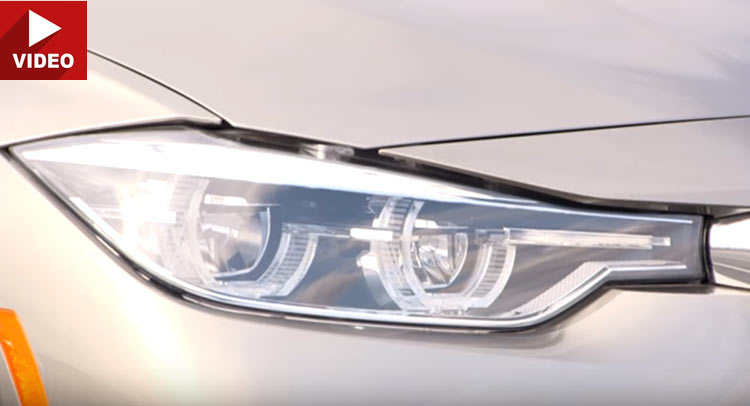Your vehicle’s headlights most likely don’t perform as well as they should, even if the car maker probably stressed, time and again, the state-of-the-art technology they utilize.
According to first-ever headlight ratings research, performed by the Insurance Institute for Highway Safety, the Toyota Prius v is the only midsize car out of 31 evaluated to earn a good rating, as the organization specified that “a vehicle’s price tag no guarantee of decent headlights” and that “many of the poor-rated headlights belong to luxury vehicles”. Ouch.
The current governmental standards allow car manufacturers to come up with huge variations in the amount of illumination needed in diverse on-road driving conditions. Improved headlights have the potential of reducing the number of fatalities on the road, as most of the accidents occur either in the dark or in dawn or dusk conditions. Moreover, even though there is advancement in headlight technology, if doesn’t guarantee a good performance in the real-world – at least that’s what IIHS says. So, the institute came up with a new headlight rating system that doesn’t favor one lighting technology over the other, but instead rewards systems that produce ample illumination without excessive glare for drivers of oncoming vehicles.
The light clusters are evaluated on the track, after dark, with a special device that measures the light from both low beams and high beams as the vehicle is driven on five different approaches – traveling straight, a sharp left curve, a sharp right curve, a gradual left curve and a gradual right curve.
One should however take into account that, although most car manufacturers offer vertical aim adjustment on their products, the IIHS left them all alone on the grounds that “few vehicle owners ever do and some manufacturers advise consumers not to”.
The Prius V earns a good rating when it comes equipped with LED lights and high-beam assist – a perk that comes optional with the advanced technology package – otherwise, the standard halogen lights make the vehicle perform very poor in this area.
“The Prius v’s LED low beams should give a driver traveling straight at 70 mph enough time to identify an obstacle on the right side of the road, where the light is best, and brake to a stop. In contrast, someone with the halogen lights would need to drive 20 mph slower in order to avoid a crash”, said Matthew Brumbelow, an IIHS senior research engineer.




